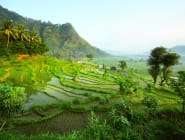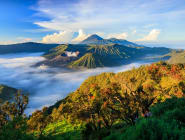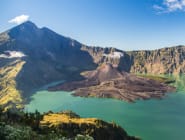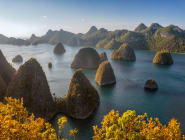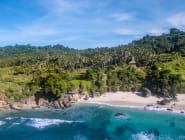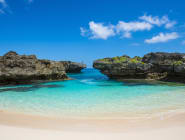Places to Visit in Indonesia
Our specialists have explored and experienced several of Indonesia’s islands to ensure that we are sending you to the crème de la crème. If it’s your first time to Indonesia, we would propose spending time in Bali where you will be spoilt with spectacular landscapes and exceptional experiences.

From the bohemian town of Ubud; the beaches of Uluwatu and Seminyak, both of which are a surfer’s delight; and the mountains and volcanoes that loom above in the north, there really is an abundance of unique places to discover in Bali. Other isles to visit in Indonesia include the mysterious island of Komodo, home to the elusive Komodo dragon; Bali’s neighbouring island of Lombok, where you can sink your toes into the soft white sand and gaze across the sparkling azure waters; and for something truly exceptional, venture across to the island of Sumba, which is still relatively unexplored but offers exceptional world-class luxury accommodation.
Where to go in Indonesia
Map featuring best places to visit in Indonesia
Places on the map
-
Sumba Island Indonesia
-
Bali Indonesia
-
Java Indonesia
-
Komodo and Flores Indonesia
-
Remote Indonesian islands Indonesia
-
Yogyakarta Indonesia
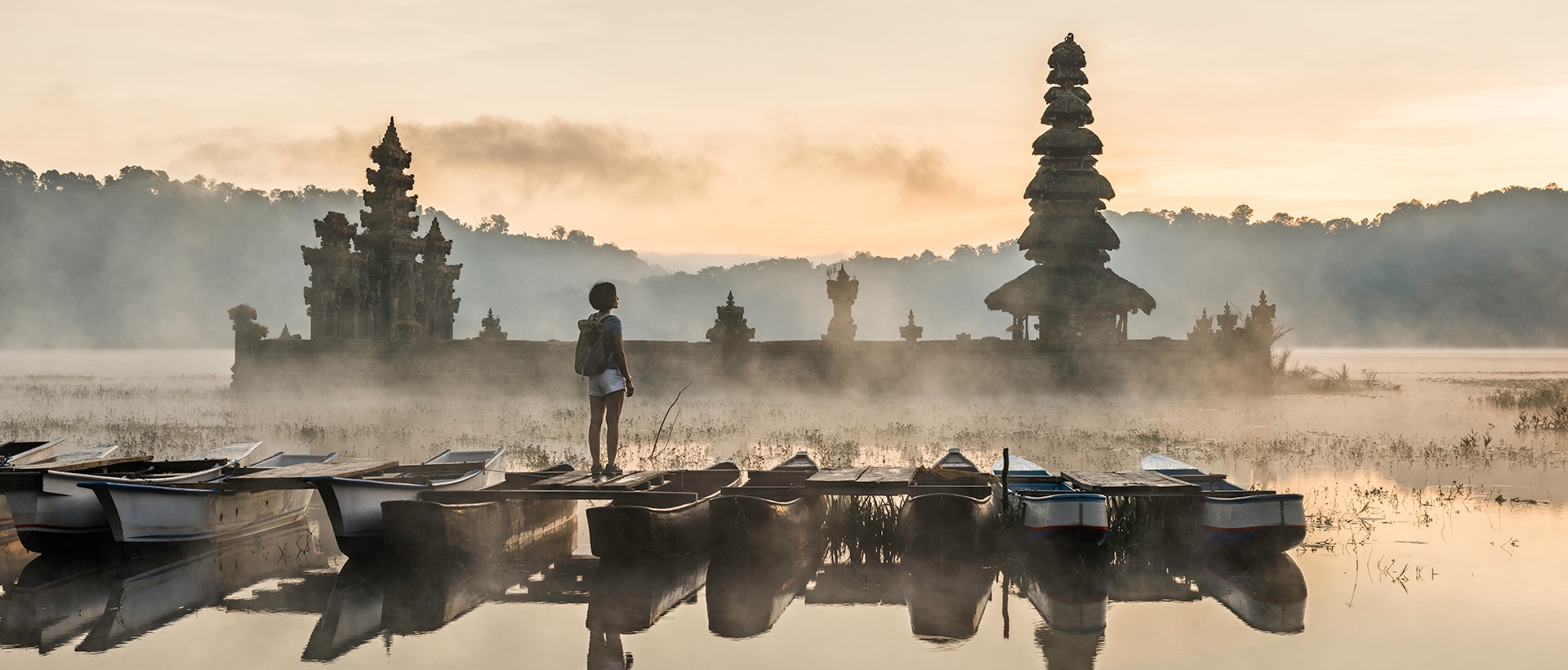
Our team of travel specialists are waiting to help you book your next adventure.
